In the vast and ever-evolving aerospace industry, precision, reliability, and safety are of paramount importance. As someone who has worked in the field of laser technology and aerospace manufacturing for many years, I often get questions about the suitability of various technologies in this high-stakes field. One such question is whether laser rust removal machines are suitable for the aerospace industry. In this article I will delve deeper into this topic and provide insights based on my experience, expertise, and the latest industry trends.
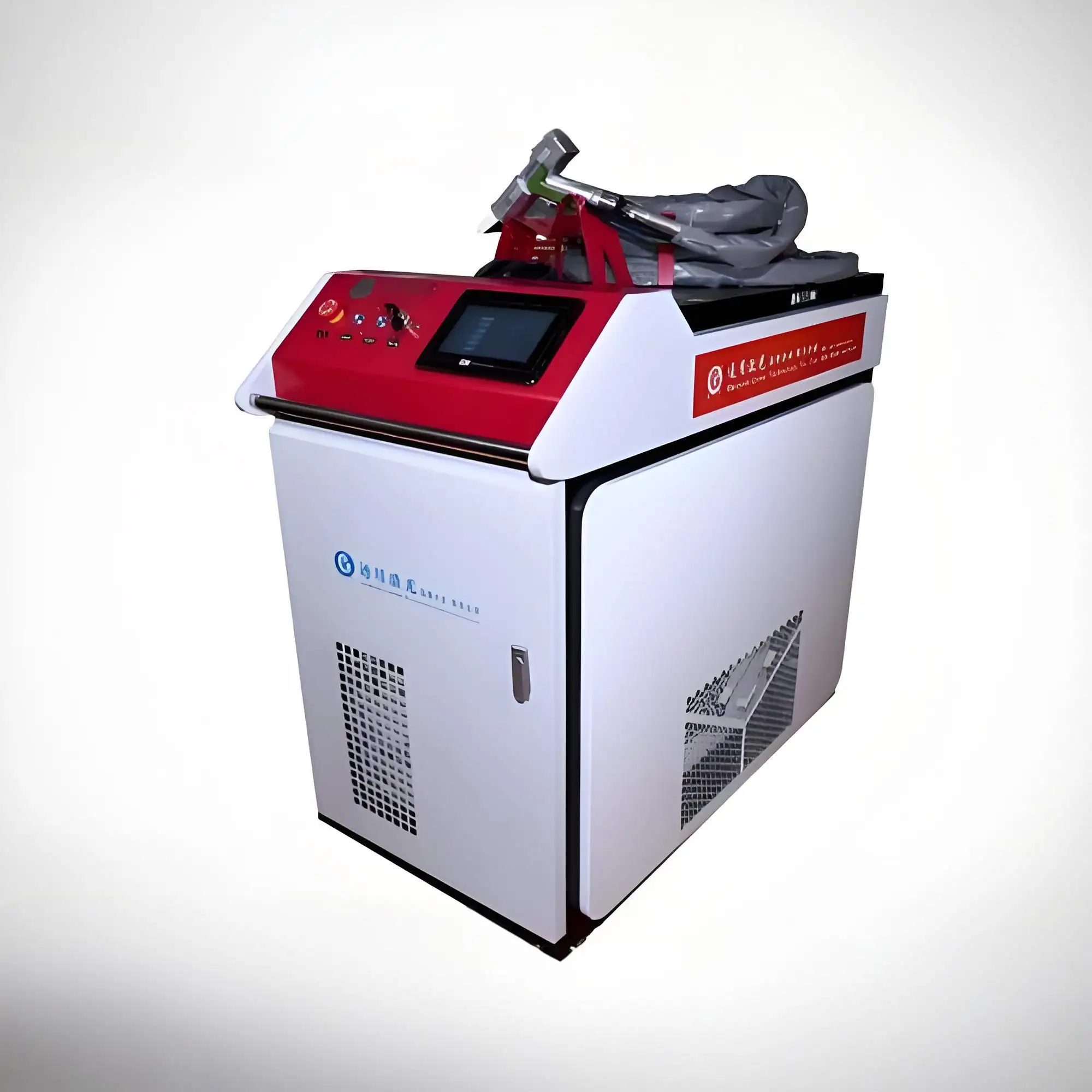
Understanding the Aerospace Industry’s Demands
1. High – Precision Requirements
The aerospace industry deals with components that have extremely tight tolerances. Even the slightest deviation from the specified dimensions can lead to catastrophic failures. For example, aircraft engine parts, landing gear components, and structural elements must be manufactured and maintained with the utmost precision. Any form of surface contamination, such as rust, can affect the fit, function, and performance of these parts. Therefore, a rust removal method that can achieve high – precision cleaning without damaging the underlying material is crucial.
2. Material Sensitivity
Aerospace components are often made from high – performance, exotic materials, such as titanium alloys, aluminum – lithium alloys, and composite materials. These materials have unique properties that make them ideal for aerospace applications, but they also require special handling during maintenance and repair processes. Traditional rust removal methods, such as sandblasting or chemical treatments, can be too aggressive and may cause damage to these sensitive materials. A more gentle and controlled rust removal technique is needed to preserve the integrity of the components.
3. Safety and Regulatory Compliance
Safety is paramount in the aerospace industry. Any technology or process used must comply with strict safety regulations and standards. Laser rust removal machines, if used in this industry, must be able to operate safely in the presence of personnel and other sensitive equipment. Additionally, the process must not generate hazardous waste or emissions that could pose a risk to the environment or human health.

Laser Rust Removal Technology: An Overview
1. Principle of Operation
Laser rust removal machines work by using high – energy laser beams to vaporize or sublimate the rust layer on a surface. The laser energy is absorbed by the rust, causing it to heat up rapidly and break down into small particles that are then removed by a vacuum or airflow system. The underlying base material, which has a higher melting point and lower absorption coefficient for the laser wavelength, remains relatively unaffected.
2. Advantages Over Traditional Methods
Non – Contact: Laser rust removal is a non – contact process, which means there is no physical force applied to the workpiece. This reduces the risk of mechanical damage, such as scratches or dents, that can occur with traditional methods like sandblasting.
Precision: The laser beam can be focused to a very small spot size, allowing for precise removal of rust from specific areas without affecting the surrounding material. This is especially important for complex – shaped aerospace components.
Environmentally Friendly: Laser rust removal does not require the use of chemicals or abrasive materials, making it an environmentally friendly option. It also generates minimal waste, which can be easily collected and disposed of.
Efficiency: Laser rust removal can be a relatively fast process, especially when compared to some traditional methods. It can also be automated, allowing for high – volume production and consistent results.
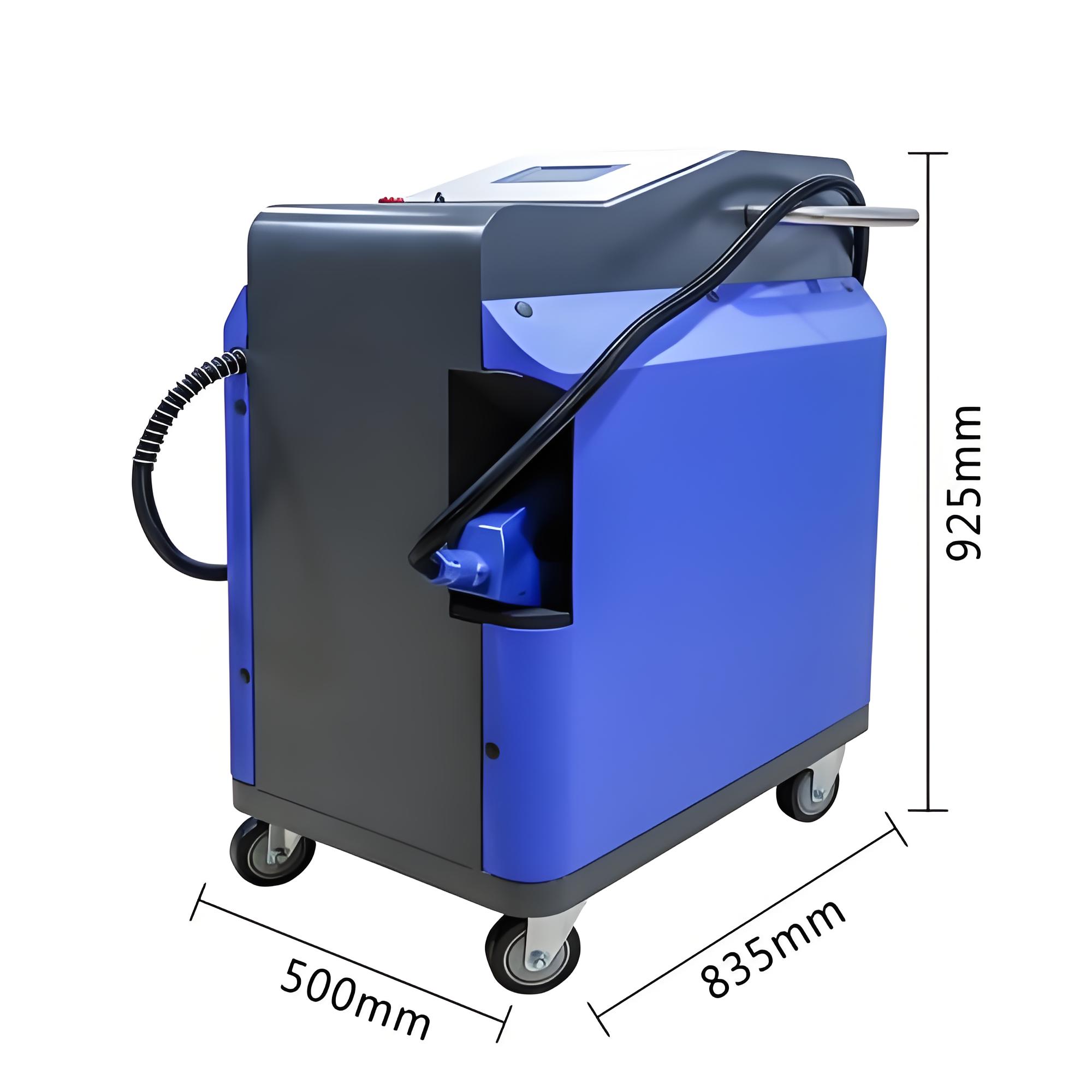
Applications of Laser Rust Removal in the Aerospace Industry
1. Aircraft Engine Components
Aircraft engines are subjected to extreme temperatures, pressures, and vibrations, which can lead to the formation of rust on various components, such as turbine blades, compressor disks, and fuel nozzles. Laser rust removal can be used to clean these components without causing thermal damage or altering their mechanical properties. For example, the precise control of the laser beam allows for the removal of rust from the intricate cooling passages of turbine blades, ensuring optimal engine performance and efficiency.
2. Landing Gear Systems
Landing gear is another critical component in an aircraft that is prone to rusting due to exposure to moisture, salt, and other environmental factors. Laser rust removal can be used to clean the landing gear struts, wheels, and other parts, restoring their surface finish and preventing corrosion. The non – contact nature of the process is particularly beneficial for landing gear components, as it avoids the risk of damaging the hydraulic or electrical systems that are often integrated into these parts.
3. Structural Elements
The structural integrity of an aircraft is of utmost importance. Rust on structural elements, such as fuselage frames, wing spars, and door frames, can weaken the structure and compromise safety. Laser rust removal can be used to clean these components, ensuring that they meet the required strength and durability standards. The ability to access hard – to – reach areas with the laser beam makes it an ideal solution for cleaning complex structural elements.
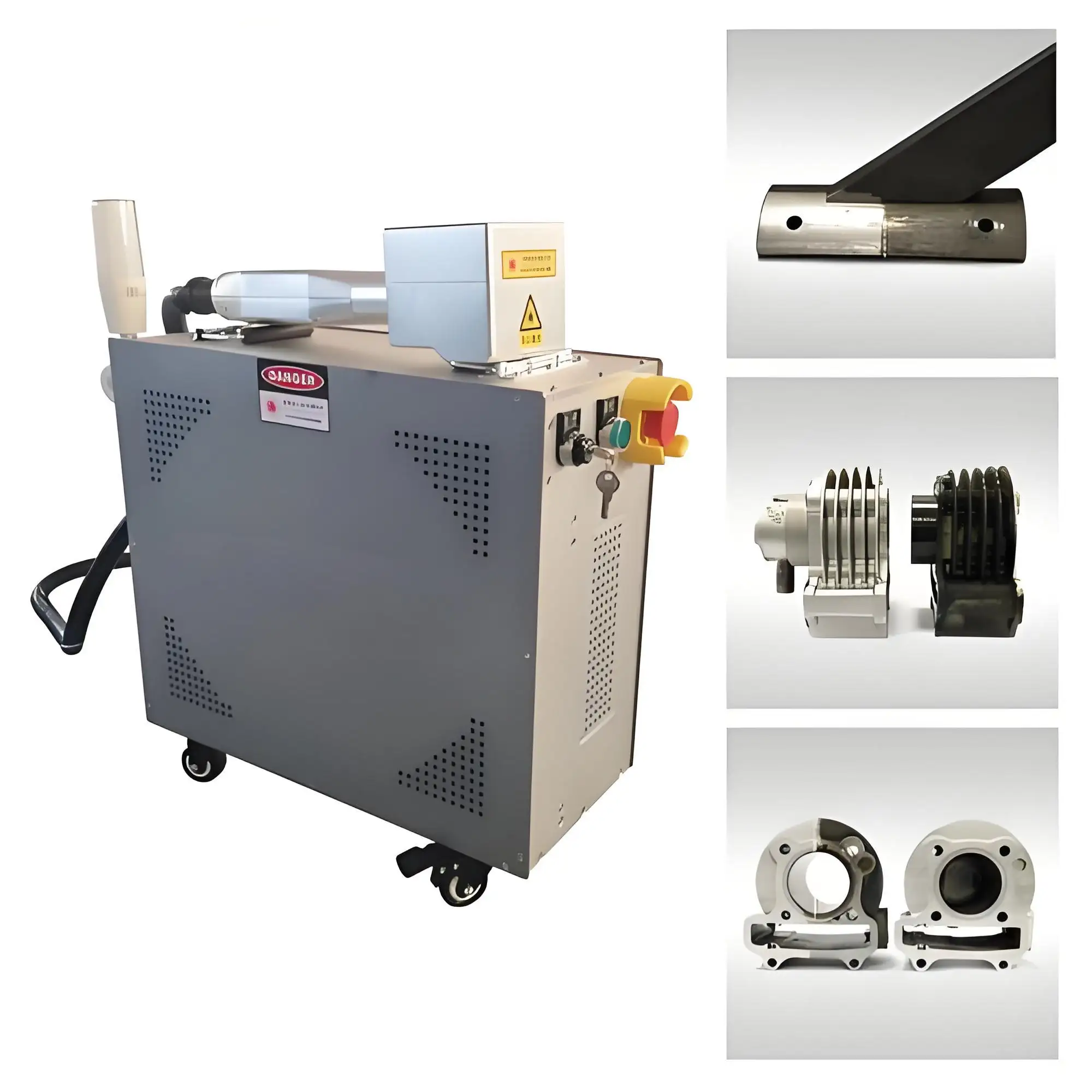
4. Composite Materials
Composite materials are increasingly being used in the aerospace industry due to their high strength – to – weight ratio. However, they can be sensitive to certain cleaning methods. Laser rust removal can be a gentle and effective way to remove rust from composite components without causing damage to the matrix or the reinforcement fibers. The laser parameters can be carefully adjusted to ensure that the heat input is minimized, preventing any thermal degradation of the composite material.
Technical Considerations for Using Laser Rust Removal in the Aerospace Industry
1. Laser Selection
The choice of laser is crucial for successful rust removal in the aerospace industry. Different laser wavelengths have different absorption characteristics for various materials. For example, fiber lasers are commonly used for rust removal due to their high efficiency, good beam quality, and ability to work with a wide range of materials. The laser power and pulse duration also need to be carefully selected based on the type and thickness of the rust layer and the material of the workpiece.
2. Beam Delivery and Focus
The laser beam needs to be delivered to the workpiece accurately and efficiently. Fiber optic cables are often used for beam delivery due to their flexibility and low loss. The focusing optics play a critical role in determining the spot size and power density of the laser beam. A well – focused beam can achieve high – precision rust removal, while a poorly focused beam may result in uneven cleaning or damage to the workpiece.
3. Safety Measures
Laser safety is a top priority when using laser rust removal machines in the aerospace industry. Operators must wear appropriate personal protective equipment, such as laser safety goggles, to protect their eyes from the laser radiation. The laser system should be enclosed in a safety cell with interlocks to prevent accidental exposure. Additionally, the work area should be clearly marked, and access should be restricted to authorized personnel only.
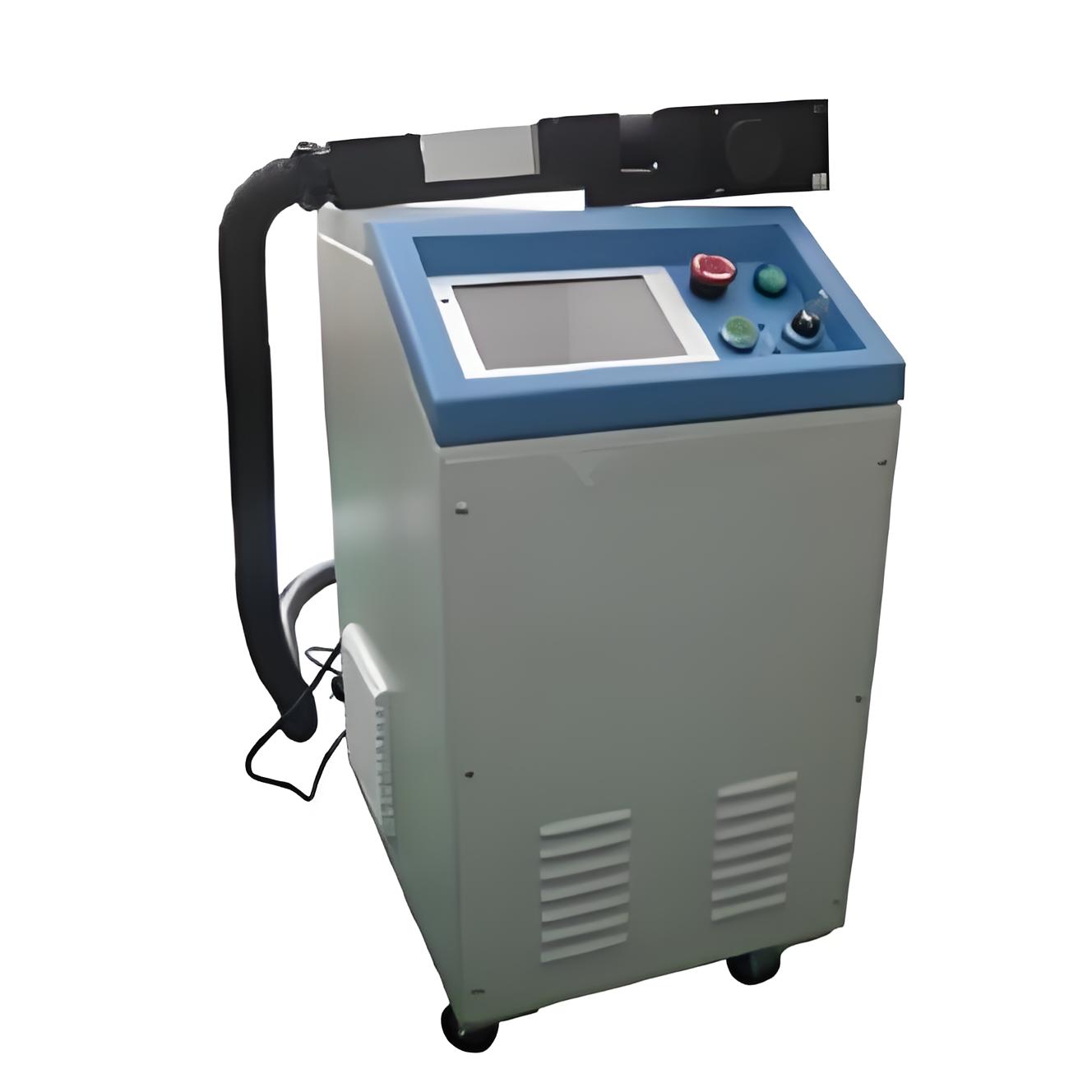
4. Process Monitoring and Control
To ensure consistent and high – quality rust removal results, process monitoring and control are essential. Sensors can be used to monitor the laser power, beam position, and surface temperature during the rust removal process. Feedback systems can then adjust the laser parameters in real – time to maintain optimal conditions. This helps to prevent over – heating, under – cleaning, or other issues that could affect the quality of the cleaned component.
Case Studies: Successful Implementation of Laser Rust Removal in the Aerospace Industry
1. Aircraft Engine Maintenance
A major aircraft engine manufacturer implemented a laser rust removal system in its maintenance facility. The system was used to clean turbine blades and other engine components that had developed rust during operation. By using laser rust removal, the manufacturer was able to reduce the cleaning time by 50% compared to traditional chemical cleaning methods. The non – contact nature of the process also minimized the risk of damage to the delicate cooling passages of the turbine blades, resulting in improved engine performance and reliability.
2. Landing Gear Overhaul
An aircraft maintenance, repair, and overhaul (MRO) company adopted laser rust removal technology for landing gear overhaul. The company was able to clean landing gear struts and wheels more efficiently and effectively than with sandblasting. The laser rust removal process removed rust from the complex geometries of the landing gear components without leaving any abrasive residue. This improved the surface finish of the components and reduced the risk of corrosion in the future.
3. Composite Aircraft Structure Repair
In a case involving the repair of a composite aircraft structure, laser rust removal was used to clean the damaged area before applying a patch. The gentle nature of the laser process allowed for the removal of rust from the composite surface without causing any damage to the surrounding material. This ensured a strong bond between the patch and the original structure, restoring the structural integrity of the aircraft.
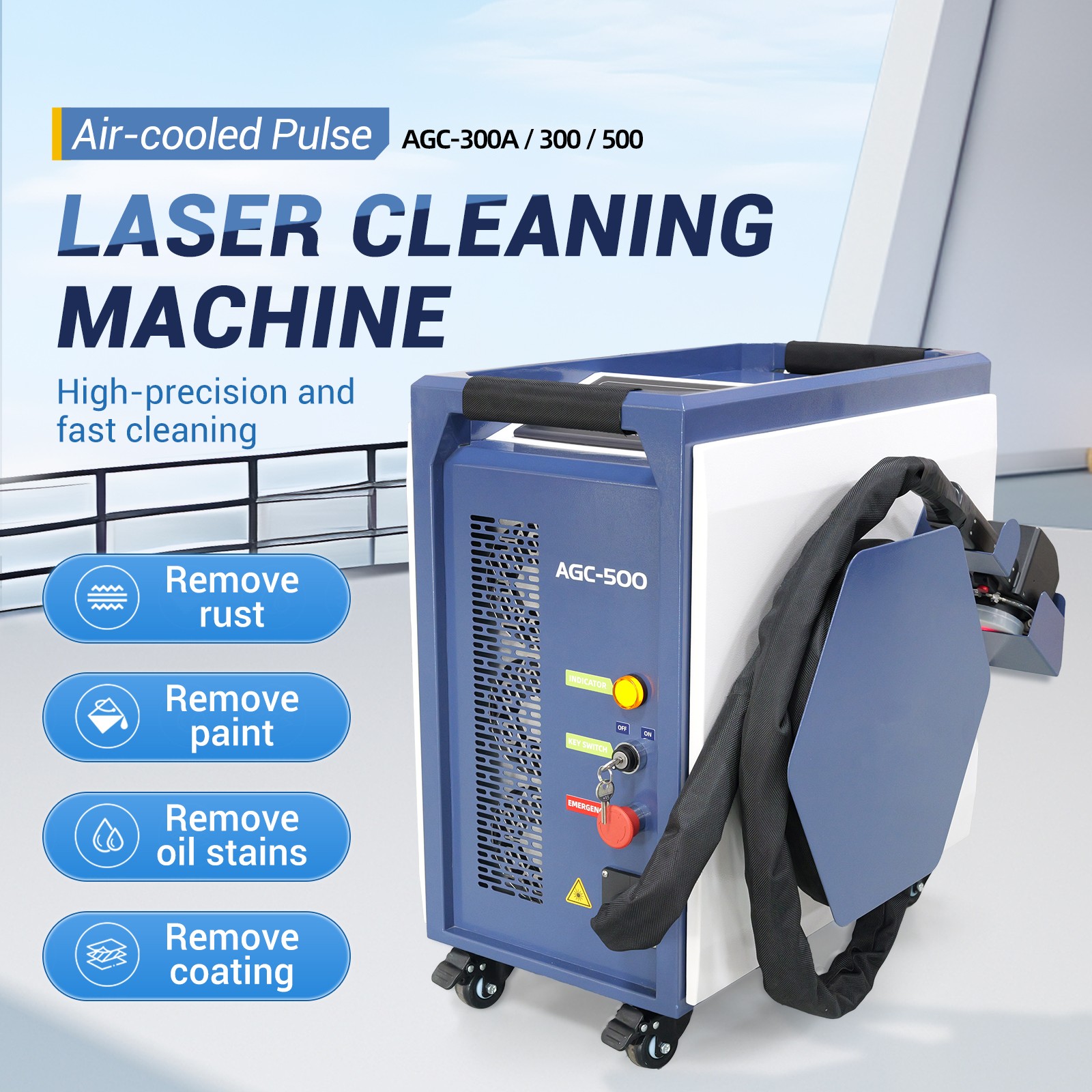
Challenges and Limitations
1. Initial Cost
One of the main challenges of implementing laser rust removal in the aerospace industry is the initial cost of the equipment. Laser rust removal machines can be expensive, especially those with high – power lasers and advanced beam delivery systems. However, it’s important to consider the long – term benefits, such as improved efficiency, reduced labor costs, and higher – quality results, when evaluating the cost – effectiveness of the technology.
2. Operator Training
Operating a laser rust removal machine requires specialized training. Operators need to be familiar with laser safety, laser parameters, and the specific requirements of the aerospace components being cleaned. Manufacturers may need to invest in training programs for their staff to ensure that the laser rust removal process is carried out safely and effectively.
3. Surface Finish and Material Changes
Although laser rust removal is generally a gentle process, there is a risk of causing changes to the surface finish or material properties of the workpiece if the laser parameters are not properly controlled. For example, excessive heat input can cause thermal oxidation or micro – structural changes in the material. It’s important to conduct thorough testing and validation before using laser rust removal on critical aerospace components to ensure that the process does not compromise their performance.
Future Trends and Developments
1. Integration with Automation
The future of laser rust removal in the aerospace industry lies in its integration with automation. Robotic laser rust removal systems can offer even higher levels of precision, repeatability, and efficiency. Robots can be programmed to handle complex – shaped components and perform the rust removal process with minimal human intervention. This can further reduce labor costs and improve the overall quality of the cleaning process.

2. Advanced Laser Technologies
Advances in laser technology, such as ultra – short pulse lasers and high – power fiber lasers, are expected to further enhance the capabilities of laser rust removal. Ultra – short pulse lasers can offer even higher precision and minimal heat – affected zones, making them suitable for cleaning extremely sensitive materials. High – power fiber lasers can increase the cleaning speed and efficiency, allowing for the processing of larger components in a shorter time.
3. Data – Driven Process Optimization
The use of data analytics and machine learning algorithms can help optimize the laser rust removal process. By collecting and analyzing data on laser parameters, cleaning results, and component characteristics, manufacturers can develop predictive models and optimize the process in real – time. This can lead to further improvements in efficiency, quality, and cost – effectiveness.
Conclusion
In conclusion, laser rust removal machines have great potential for use in the aerospace industry. Their ability to achieve high – precision, non – contact, and environmentally friendly rust removal makes them an attractive alternative to traditional methods. While there are challenges and limitations to consider, such as initial cost and operator training, the long – term benefits in terms of improved efficiency, quality, and safety are significant.
As the aerospace industry continues to demand higher levels of precision, reliability, and sustainability, laser rust removal technology is likely to play an increasingly important role in the maintenance and repair of aircraft components. By carefully selecting the right laser system, implementing proper safety measures, and continuously optimizing the process, manufacturers can harness the full potential of laser rust removal in the aerospace sector.

Related Questions
Q1: Can laser rust removal be used on all types of aerospace materials?
A1: Laser rust removal can be used on a wide range of aerospace materials, including metals such as titanium, aluminum, and steel, as well as composite materials. However, the laser parameters need to be carefully adjusted based on the specific material properties. For example, metals with high thermal conductivity may require higher laser power, while composite materials may need lower power and shorter pulse durations to prevent thermal damage. It’s important to conduct testing on sample materials before using laser rust removal on critical components.
Q2: How does the cost of laser rust removal compare to traditional methods in the aerospace industry?
A2: The initial cost of laser rust removal equipment can be higher than that of traditional methods like sandblasting or chemical treatments. However, when considering the long – term costs, laser rust removal can be more cost – effective. It reduces labor costs as it can be automated, minimizes waste generation, and improves the quality and longevity of the cleaned components, reducing the need for rework or replacement. A comprehensive cost – benefit analysis should be conducted to determine the most suitable rust removal method for a specific aerospace application.
Q3: Is laser rust removal a safe process for use in aerospace manufacturing facilities?
A3: Laser rust removal can be a safe process when proper safety measures are in place. Operators must wear appropriate personal protective equipment, such as laser safety goggles, and the laser system should be enclosed in a safety cell with interlocks. The work area should be well – ventilated to prevent the accumulation of any fumes or particles generated during the process. Additionally, regular safety training and equipment maintenance are essential to ensure the ongoing safety of the laser rust removal operation in an aerospace manufacturing facility.
Q4: Can laser rust removal be used for in – situ maintenance of aircraft components?
A4: In some cases, laser rust removal can be used for in – situ maintenance of aircraft components. Portable laser rust removal systems are available that can be brought to the aircraft on the tarmac or in the hangar. However, there are limitations to in – situ use, such as access to the component and the need to ensure the safety of personnel and other equipment in the vicinity. A thorough assessment of the component’s condition, the surrounding environment, and the feasibility of in – situ laser rust removal should be conducted before attempting this approach.
Q5: What are the quality control requirements for laser – rust – removed aerospace components?
A5: Quality control for laser – rust – removed aerospace components is crucial. Visual inspection is often the first step to check for complete rust removal and any signs of damage to the surface. Non – destructive testing methods, such as ultrasonic testing or dye penetrant inspection, may also be used to detect any internal defects or sub – surface damage. Additionally, dimensional measurements may be taken to ensure that the component still meets the required tolerances after the rust removal process. Stringent quality control standards should be followed to ensure the safety and reliability of the laser – rust – removed aerospace components.






